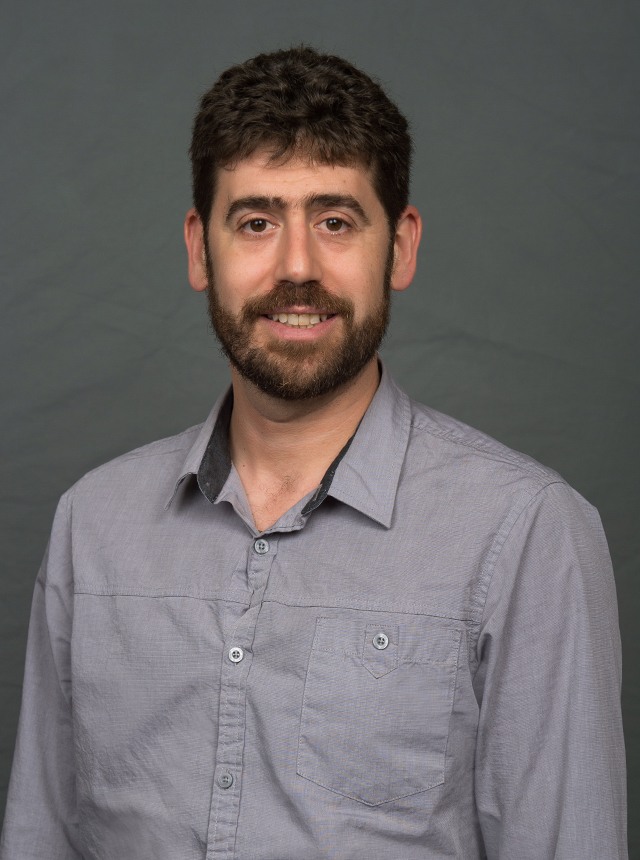Related Articles
00 / 00
-

Jonathan Soboloff, PhD

Professor, Department of Cancer and Cellular Biology
Professor, Medical Genetics and Molecular Biochemistry
Professor, Microbiology, Immunology and Inflammation
Professor, Fels Cancer Institute for Personalized Medicine, Lewis Katz School of Medicine, Temple University
Ca2+ signals mediate a vast range of both short-term (contraction, secretion) and long-term (mitogenesis, differentiation and survival) cellular events. Receptor-dependent changes in Ca2+ concentration involve two closely coupled components – rapid, inositol 1,4,5-trisphosphate-mediated Ca2+ release from ER stores, followed by Ca2+ entry. A major mechanism of receptor-mediated Ca2+ entry is store-operated Ca2+ entry (SOCe), whereby endoplasmic reticulum (ER) Ca2+ depletion results in the activation of plasma membrane (PM) Ca2+ channels. This process has been extensively studied since its initial discovery over 20 years ago, ultimately leading to the discovery of members of the Stromal-Interacting Molecule (STIM) and Orai families as the mediators of this process. Thus, changes in ER Ca2+ content are “sensed” by the ER Ca2+ sensors STIM1 and STIM2 which transduce this signal to the channel (Orai1) via ER-PM interactions (see Figure). These increases in cytosolic Ca2+ concentration are short-term, as excess Ca2+ is rapidly removed from the cytosol via pumps located on the plasma membrane (PMCA) and endoplasmic reticulum (SERCA)
The short-term nature of Ca2+ signals has created a longstanding conceptual challenge; how do event that occur in seconds to minutes regulate physiological events that can last for hours to days? Recent investigations in my lab have revealed that the expression of STIM1 is controlled by members of the Early Growth Response (EGR) of zinc finger transcription factors along with the closely related Wilms Tumor suppressor 1 (WT1). EGR proteins are immediate early genes whose expression can be rapidly upregulated by the same receptors that initiate Ca2+ transients. Hence, our lab is greatly interested in understanding how changes in EGR protein expression patterns modulate receptor-mediated Ca2+ signals and assessing how this modulation relates to receptor-mediated control of physiological responses. To achieve our goals, we use a wide variety of molecular biological, biochemical and biophysical techniques to study transcriptional control of protein expression and Ca2+ signals. Model systems examined range from human cell lines to genetically manipulated mouse models.
Whereas STIM and Orai were originally envisioned as partners designed specifically for the control of store-operated Ca2+ entry, recent investigations by us and others have revealed a much wider role for STIM1. Hence, whereas the primary activator of STIM1 is loss of ER Ca2+, its ability to bind Ca2+ is dependent on both redox state and temperature. Further, in addition to Orai1, CaV1.2 and TRPC family members have both been identified as additional Ca2+ channels within the PM under the control of STIM1. In the process of investigating EGR-mediated changes in Ca2+ homeostasis during T cell activation, we have recently identified PMCA as a target for STIM1. Hence, during T cell activation, the cell dramatically reorganizes itself, such that STIM1 and PMCA come into close physically apposition. This leads to inhibition of PMCA function and local elevation of cytosolic Ca2+ concentration. While the critical role of Ca2+ in T cell activation has been well described, precisely how STIM1-mediated PMCA inhibition contributes to T cell activation is under current investigation in my lab.
The density of bone is under the control of osteoblasts (build bone) and osteoclasts (degrade bone). In collaboration with investigators at the University of Pittsburgh (Harry Blair) and the University of West Virginia (John Barnett), we have recently identified a critical role for Orai1 in osteoclast differentiation. Hence, in the absence of Orai1 expression and/or function, terminal osteoclast differentiation cannot complete. Hence, cells exhibit multiple markers and characteristics of mature osteoclasts, but fail to fuse into multi-nucleated cells. Ongoing collaborative efforts with the Blair and Barnett groups to determine the implications of these findings have revealed a novel and unexpected bone phenotype. We are also investigating the therapeutic potential of these findings towards the treatment of bone erosion associate with arthritis using novel inhibitors of Orai1 function.
Although SOCe serves an important signaling role, SOCe also cooperates with SERCA to maintain ER Ca2+ concentration by creating a source for Ca2+ pumping. We find that EGR/WT1 proteins also regulate SERCA expression. Further, since EGR/WT1 proteins function as tumor suppressors in cancer types of multiple lineages, dysregulation of both SERCA and STIM expression is a common feature of multiple tumor types. An important objective of this laboratory is to characterize these novel features of tumor cells, both to better understand tumor cell biology and to assess the potential of targeting Ca2+ entry pathways as a therapeutic strategy. Tumor types under investigation in the lab include Wilms Tumor, Acute Myeloid Leukemia, glioblastoma and rhabdomyosarcoma.
Soboloff J, Désilets M, Tsang BK (1997) Ca2+ signaling in avian granulosa cells during ovarian follicular development. In: Etches R and Harvey S (eds.) Perspectives in Avian Endocrinology. London, UK: Journal of Endocrinology Ltd., pp 225-240.
Ritchie MF, Soboloff J* (2011) The STIM family of proteins. McGraw-Hill Yearbook of Science & Technology pg 323-324. * corresponding author
Soboloff, J (2013), "Mechanisms Regulating STIM Expression and Function in Ca2+ Signaling", in Simpson, A. (ed.), Calcium Signaling I: Regulation, Mechanisms, Effectors, Role in Disease and Recent Advances, The Biomedical & Life Sciences Collection, Henry Stewart Talks Ltd, London.
The following ratings and reviews are based on verified feedback collected from independently administered patient experience surveys. The ratings and comments submitted by patients reflect their own views and opinions. Patient identities are withheld to ensure confidentiality and privacy. Learn more about our Patient Experience Ratings.

Jonathan Soboloff, PhD
Patient comments